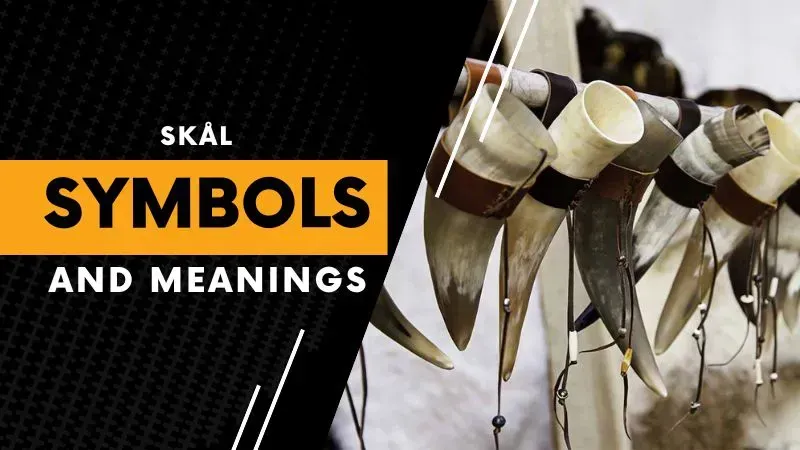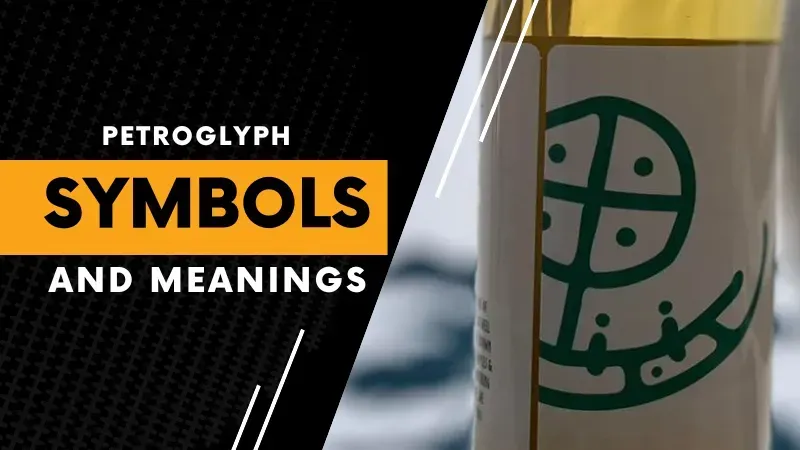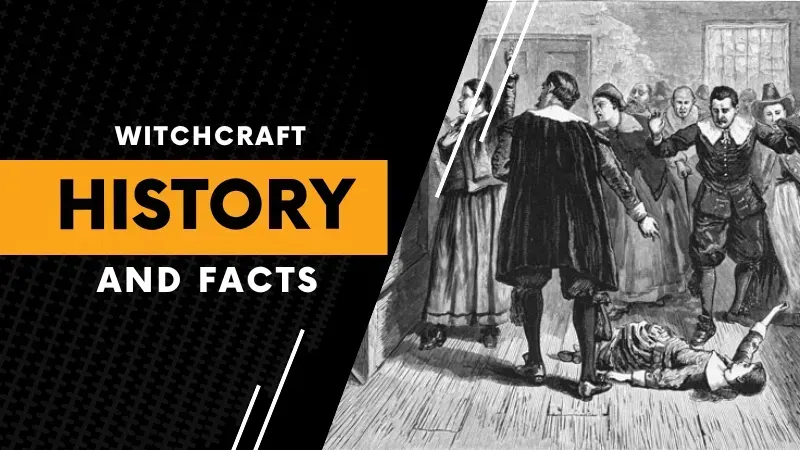Symbols & Their Meanings
no:14 ~ Viking Ship Heads
Seeing that our Meadery is Viking themed, I thought I’d share a few fun facts about famous Viking ship heads.
Most people think the common Viking ship had dragon heads, which is true to a certain extent but not always.
The spiral heads were used for decorative purposes
The heads of the ships were detachable and most of the time they would have decorative spirals like in the bottom two photos. These were use during common sea voyages and peaceful trading which the Scandinavians did a LOT of.
When they had their ships docked on their own ports, they would keep the pretty spirals on. However, during the times of raids, they would remove the spiral and attach the dragon head. Why? Not to scare away the people they were about to attack, but to scare away the landvaettir (the spirits of the land). This would be so the natives couldn’t get help from their land spirits or ancestors during the attack.
The dragon has been used in many cultures to do just this. The word dragon comes from Old English Draca, Dreki in Old Norse, which mutated into the word Dragon over time.
The bottom left photo is of the Oseberg Ship, a very well-preserved Viking ship that was discovered in a burial mound with two female skeletons in it. Having a dragon head on such a ship would have been silly as it was used as a grave. This is because it would have disturbed the spirits in the afterlife where it would have taken the two women that were buried with it.

DRAGON HEADS WERE PLACED TO SCARE AWAY THE SPIRITS OF THE LAND
History can be fun and Norse history is awesome and significant to our ancestral culture.
Have an A1 day!
Skål.








